The History of Money & Accounting
Explore the fascinating journey from barter to blockchain!
Presented by:

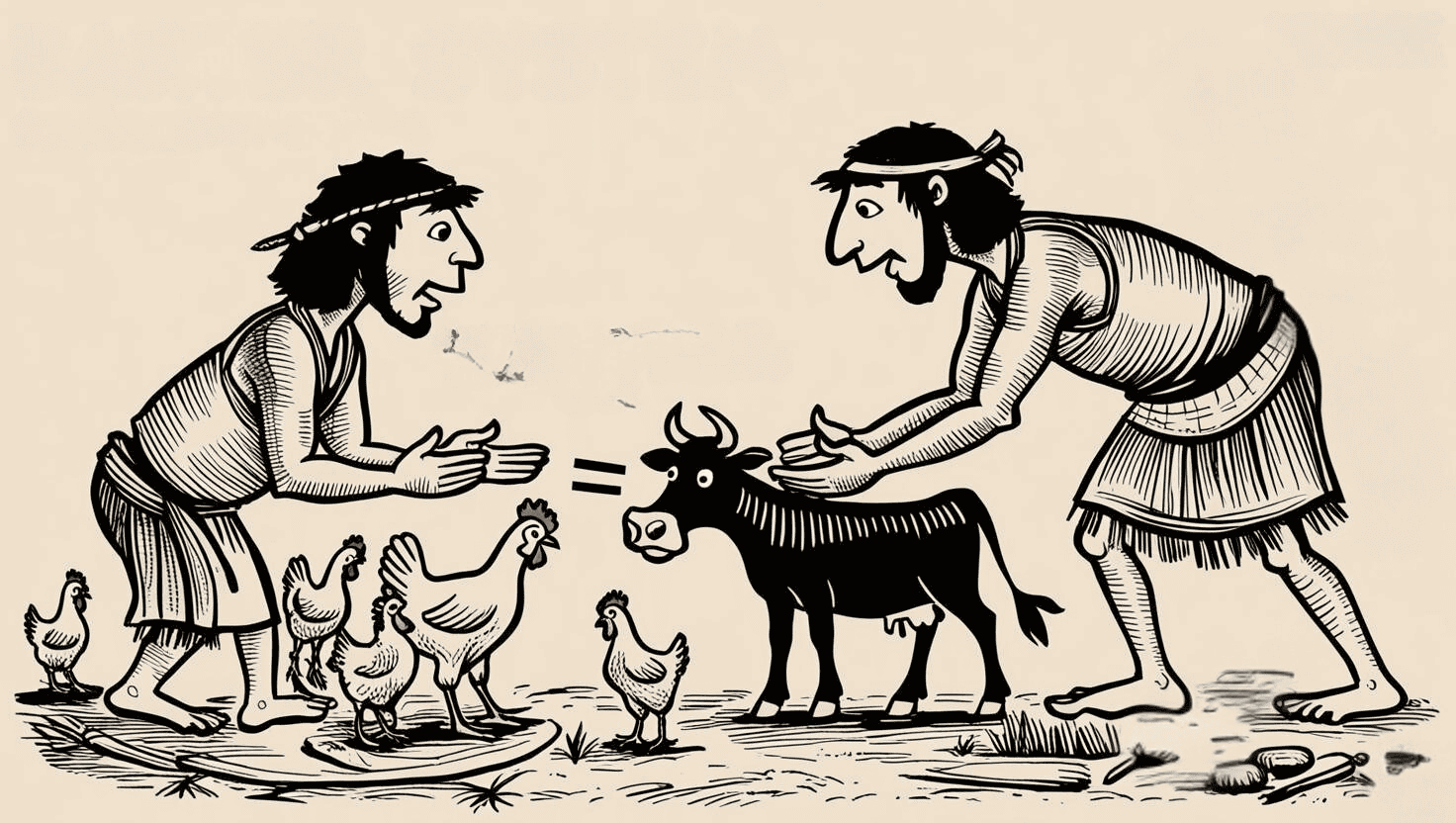
9000 BCE: Barter System
Before money existed, people traded goods and services directly. A farmer might exchange grain for a blacksmith’s tools.
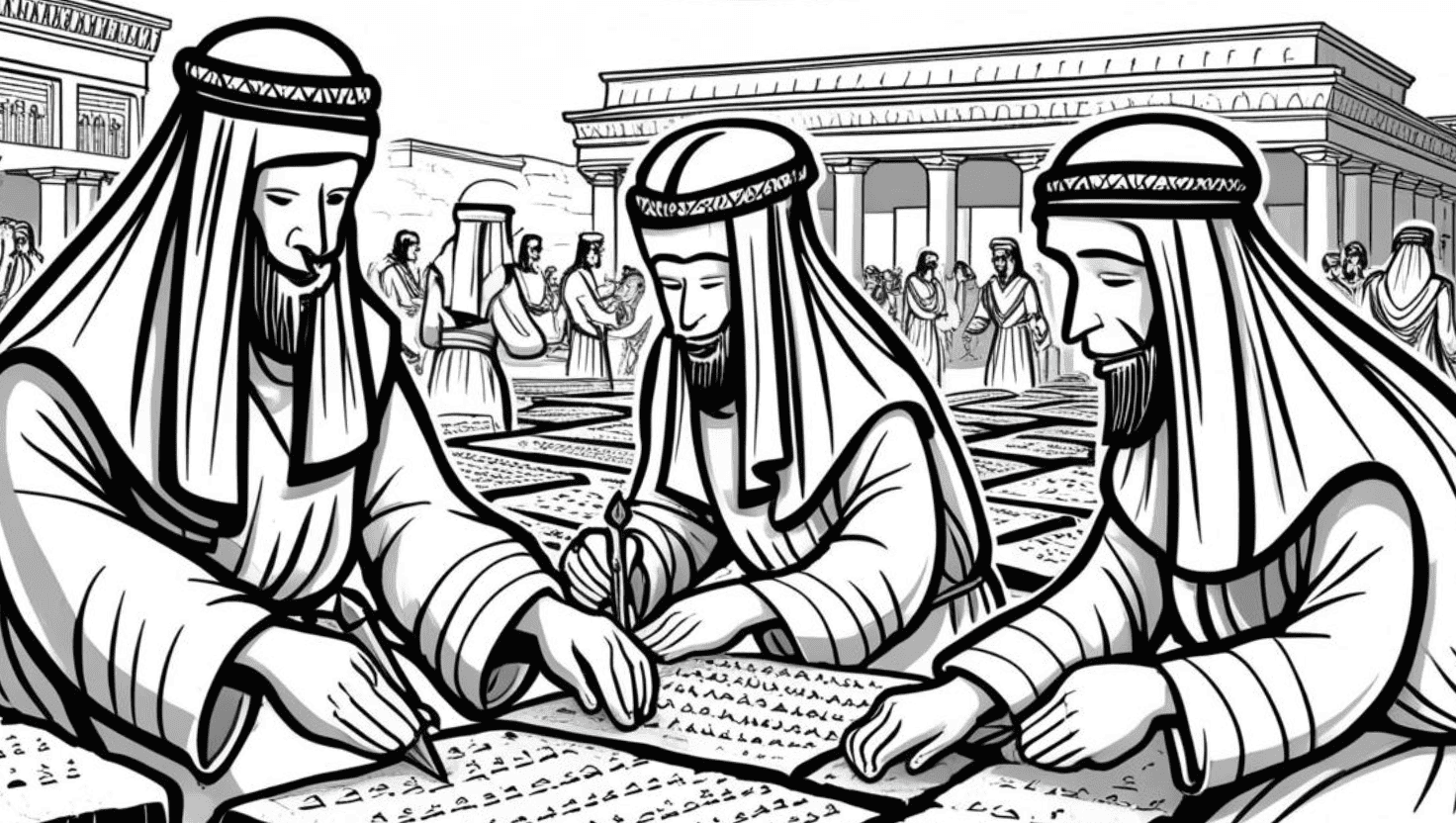
3500 BCE: First Accounting Records
Mesopotamians created clay tablets to track trades, debts, and taxes. These are the world’s oldest accounting records.

1200 BCE: Cowrie Shells as Currency
Cowrie shells became one of the first widely used forms of money, especially in China, Africa, and South Asia.
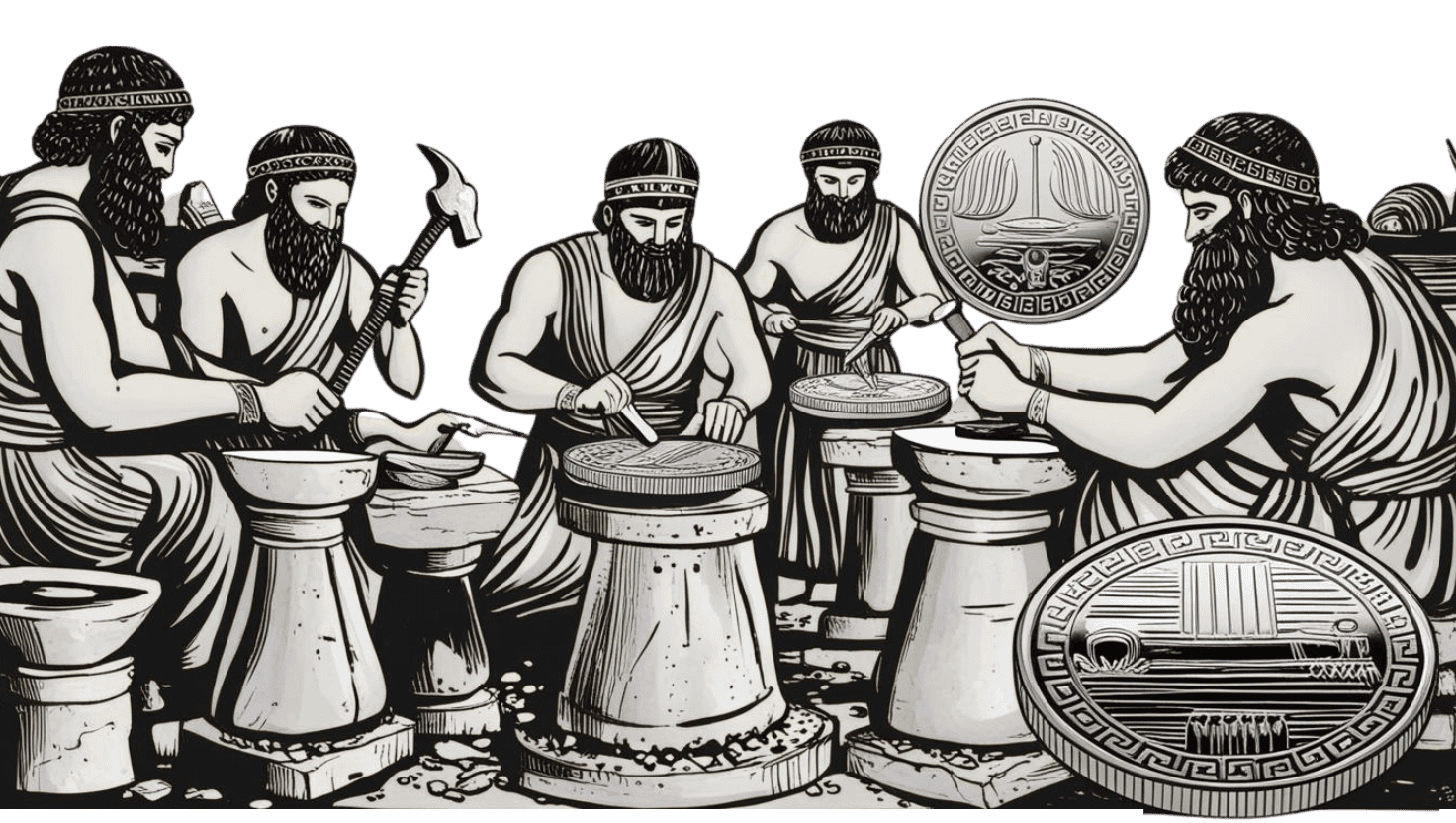
600 BCE: First Official Coins
The Kingdom of Lydia (modern Turkey) created the first standardized metal coins, made from electrum, a natural gold-silver alloy.
27 BCE: Roman Accounting
Romans developed advanced accounting systems with detailed records of income and expenses, using the “adversaria” (daybook) and “codex” (ledger).
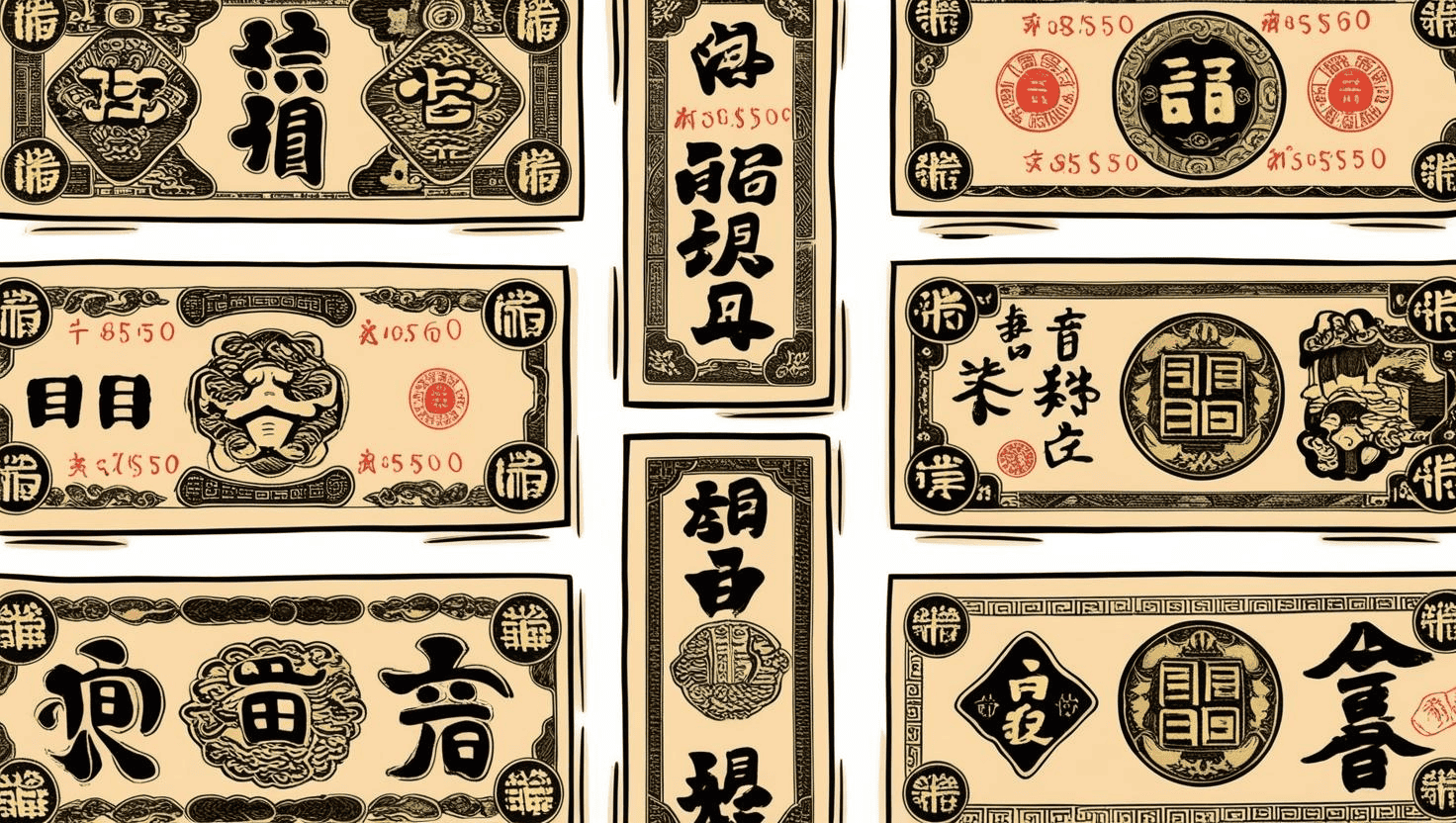
7th Century: First Paper Money
China introduced the world’s first paper money during the Tang Dynasty, called “flying cash” because it was lighter than coins and could blow away.

1494: Double-Entry Bookkeeping
Franciscan friar Luca Pacioli published the first detailed description of double-entry bookkeeping, revolutionizing accounting.
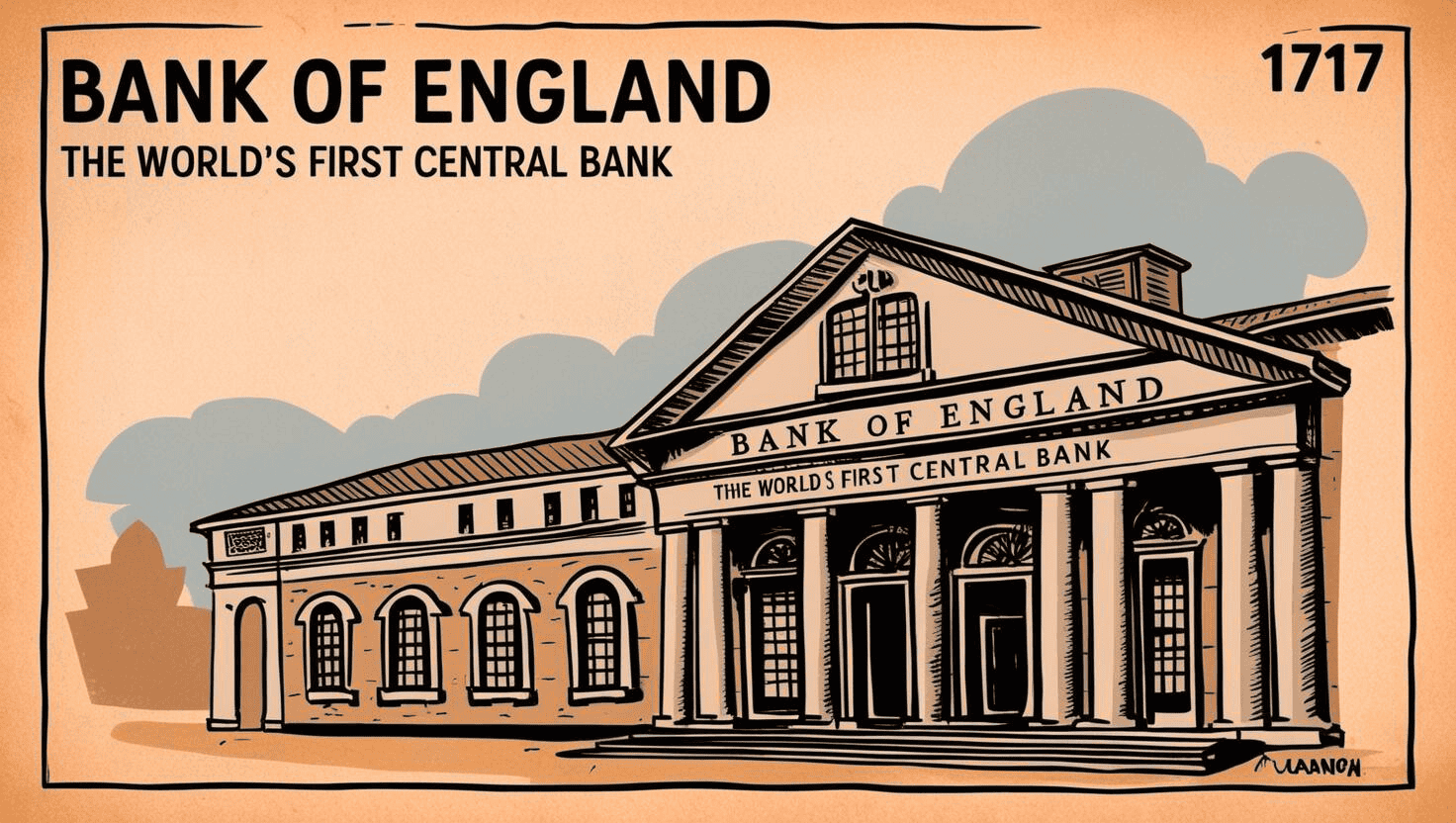
1717: First Central Bank
The Bank of England became the world’s first central bank, issuing banknotes and managing government debt.
1950s: Computerized Accounting
The first computerized accounting systems were developed, revolutionizing how businesses tracked finances and managed accounts.
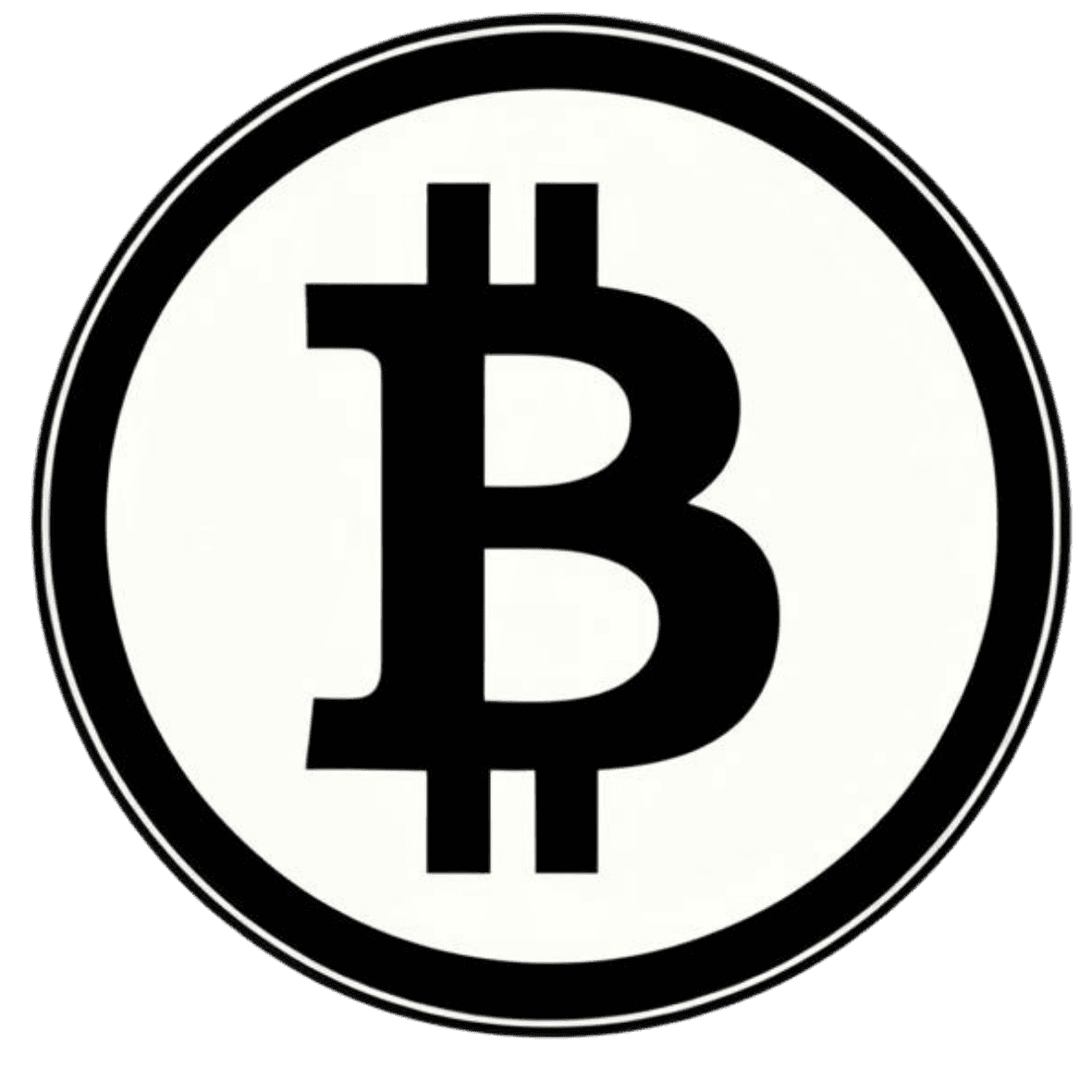
2009: Bitcoin & Blockchain
Satoshi Nakamoto introduced Bitcoin, the first cryptocurrency, using blockchain technology to create a decentralized financial system.
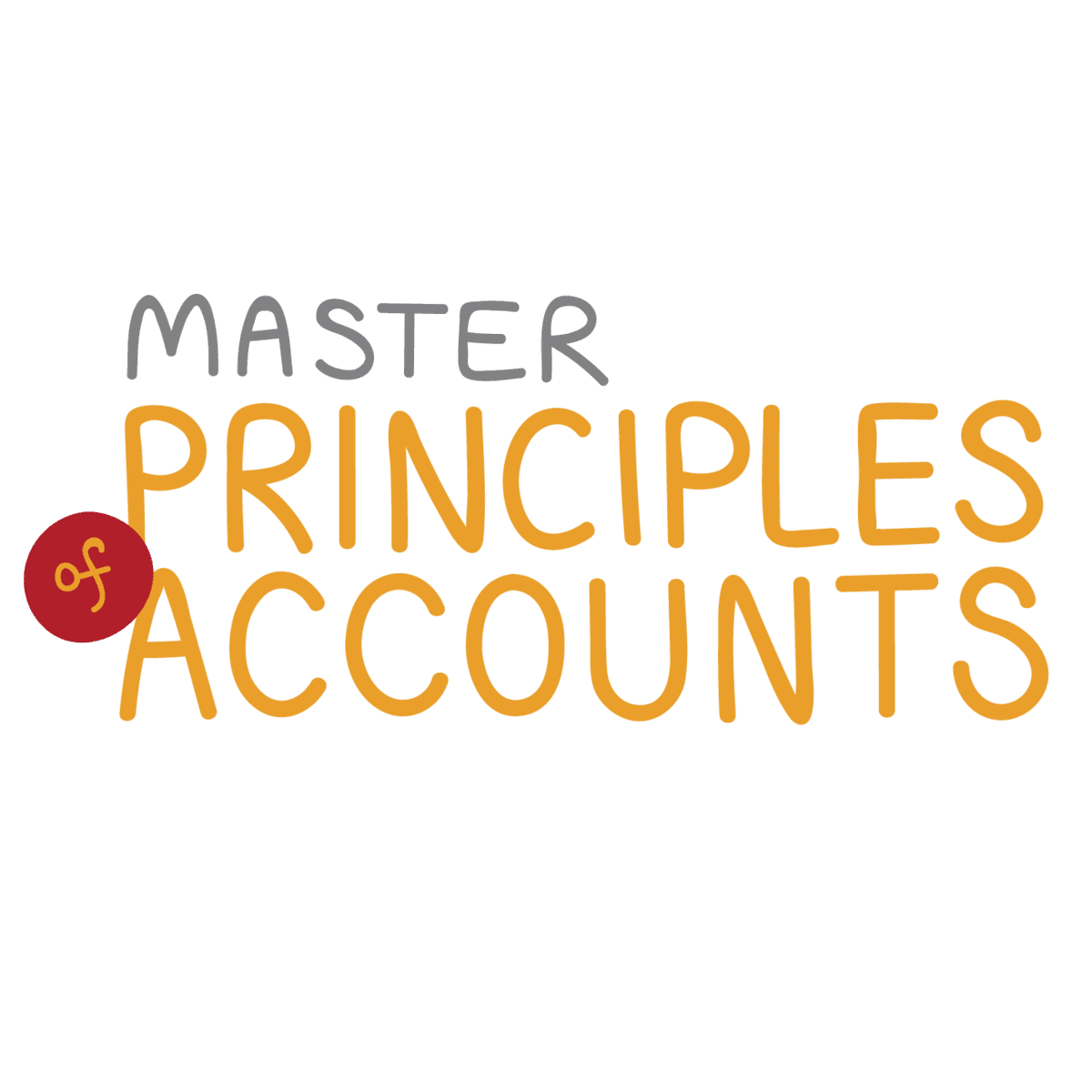
References
- Carmona, S., & Ezzamel, M. (2007). Accounting and accountability in ancient civilizations: Mesopotamia and ancient Egypt. Accounting, Auditing & Accountability Journal, 20(2), 177-209.
- Davies, G. (2002). A History of Money: From Ancient Times to the Present Day. University of Wales Press.
- Ferguson, N. (2008). The Ascent of Money: A Financial History of the World. Penguin Books.
- Gleeson-White, J. (2012). Double Entry: How the Merchants of Venice Created Modern Finance. W. W. Norton & Company.
- Nakamoto, S. (2008). Bitcoin: A Peer-to-Peer Electronic Cash System. Bitcoin.org.
- Weatherford, J. (1997). The History of Money. Crown Business.
- All illustrations courtesy from Master Principles of Accounts
© 2025 Jump Grades Education Pte Ltd. All rights reserved.